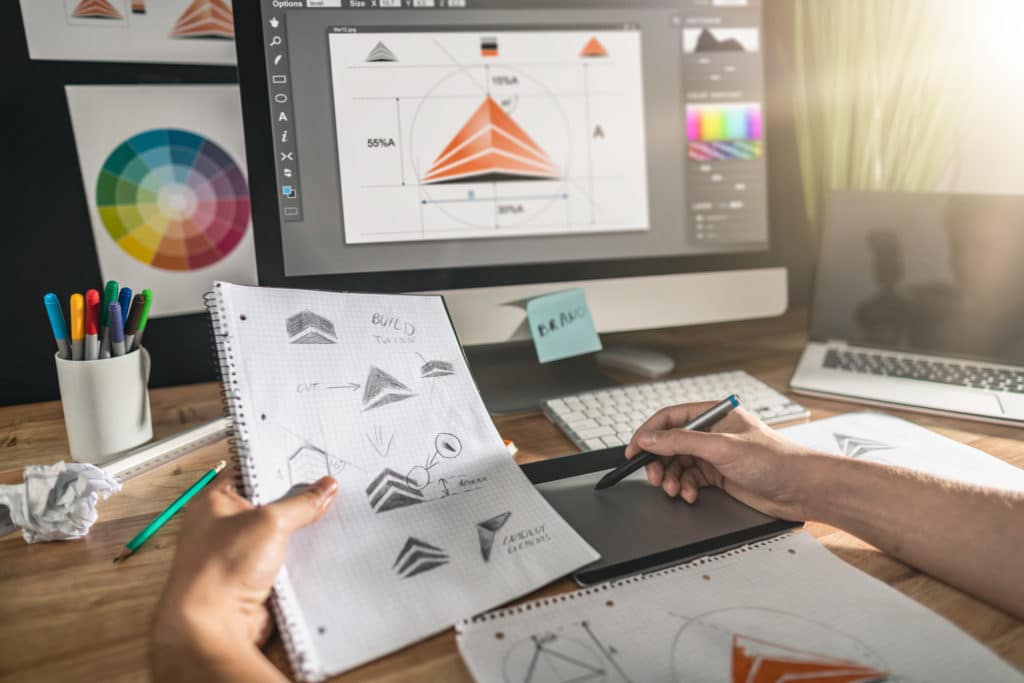Flyers are a versatile and cost-effective way to promote any event, business, or cause. They can be distributed in various locations, reaching a wide audience and generating interest for the intended advertisement. However, to maximise their impact, it is crucial that you include all of the right information to grab the attention and compel the readers to take action. Wondering what it is you need to include in a flyer to create a compelling and effective marketing tool? Look no further!
1. Eye-Catching Headline
First and foremost, the headline is the first element of your flyer that people will notice. It should be concise, attention-grabbing, and convey the main message or purpose of your flyer. You should use strong and persuasive words that evoke curiosity and create a sense of urgency to encourage readers to browse further.
2. Engaging Visuals
In a design aspect, your flyer should be visually appealing and balanced between text and graphics, as this is more likely to attract attention than something that is text-heavy. You may want to incorporate high-quality images or illustrations that relate to your message, ensuring that the visuals are relevant, compelling, and align with the brand or event that you are advertising.
3. Clear and Concise Content
While it’s important to capture attention, it’s equally as crucial to ensure you are providing clear and concise information in your flyer. You should avoid overwhelming the readers with excessive text, and instead, focus on delivering your key message in a straightforward and compelling manner. You can use bullet points, short paragraphs, or subheadings to break up the content and make it more scannable.

4. Purpose and Call to Action
When designing a flyer, it’s important that the purpose is clearly stated. Whether it’s promoting an event, announcing a sale, or raising awareness about a cause, you should make it obvious what the flyer is advertising. Additionally, you may want to include a strong call to action to encourage readers to take the desired action for the advertisement. Whether it’s attending an event, making a purchase, or visiting a website, make the desired action explicit and easy to understand.
5. Contact Information
When deciding what information to put on your flyer you will want to include relevant contact information so that interested individuals can easily get in touch with your business to enquire further. This may include a phone number, email address, website URL, or social media handles. You should ensure that the contact details are prominently displayed and easy to read, making it as easy as possible for the reader.
6. Date, Time, and Location
If your flyer is for an event or promoting a new business opening you will want to provide clear details about the date, time, and location. You should include both the start and end times or open and close times to avoid confusion, and if applicable you may want to mention any ticket prices or registration requirements. You should ensure that the location is clearly stated with a specific address or landmark to make it easy for readers to find.
7. Additional Information
Depending on the nature of your flyer you may want to include additional details such as testimonials, special offers, or key features. At the same time, you should exercise caution not to overload the flyer with excessive information that may distract or confuse your audience. You should stick to the most relevant and impactful information that your audience will find useful and compelling.
8. Branding and Logo
When designing your flyer, you should ensure that your branding is consistent throughout. You should incorporate your brand logo, colours, and fonts to establish brand recognition and reinforce your identity. You can include your brand logo, tone of voice and any slogans or taglines. Consistent branding is essential for creating a professional and cohesive advertisement, and consistency across all your marketing materials will help to build trust and familiarity with your target audience. You can use applications like Canva and add your brand colours to your account so they’re easily applied to your designs. Successful branding in advertisements will quickly allow readers to figure out which brand the advertisement is for.
Designing an effective flyer requires careful consideration of the information you include, and by following the steps above you can ensure that you include all the relevant information for a successful advertisement. It is important to remember that a well-designed flyer is not only visually appealing but also informative and actionable, driving the desired response from whoever is reading it.
